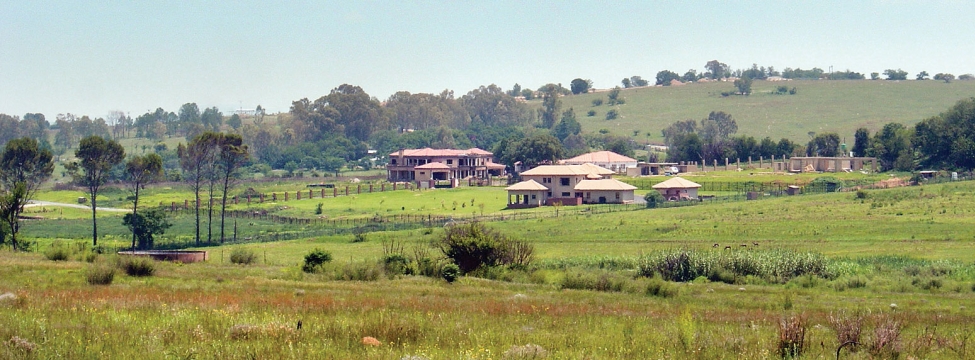To serve you better, our new website displays information specific to your location.
Please visit the site and bookmark it for future use.
Developing decision-making tools for integrated land use planning in World Heritage Sites
Since becoming a democratic state in 1994, South Africa’s policy makers have systematically strengthened the country’s environmental policy framework. South Africa’s environmental laws guiding natural resources management and pollution prevention are world class; however, the lack of capacity, shortage of skills and limited understanding of sustainable development have undermined the government’s ability to implement these laws.
Environmental Impact Assessments (EIAs) used to assess and manage environmental and social impacts have proven inadequate in guiding development over large geographic areas with sensitive environments. The 2010 Environmental Management Frameworks (EMF) Regulations designed to address this challenge require government authorities to compile information and maps of particular geographic areas where development threatens natural and cultural resources.
SRK South Africa has been involved in developing the EMF tool with government institutions at national, provincial and local levels. In 2008 SRK Johannesburg prepared an EMF and Strategic Management Plan for the Cradle of Humankind World Heritage Site (COH WHS). In 1999 UNESCO declared the 47,000 hectare COH WHS a world heritage site due to its complex paleontological and palaeoanthropological attributes. The site holds some of the oldest hominid fossils dating back 3.5 million years, owing to the dolomitic karst landscape. This built on SRK’s work in 1999 to demarcate land use zones for the COH WHS.
Located approximately 50 km northwest of Johannesburg, the COH WHS has experienced increasing development, mainly from country estates and tourism-related uses. Managing land use change has proven difficult as the site falls within the jurisdiction of numerous government authorities. This has led to a lack of coordination between institutions, as one government agency rejects and another approves permission for the same project. In addition, the COH WHS is owned by private landowners, contributing to conflict over development and legal challenges to land use change.
The EMF was formulated to help build a vision for development at heritage sites and a common understanding of environmental issues through extensive engagement with stakeholders including landowners, authorities, non-governmental and community based organisations, property developers and businesses. Based on available literature and data and specialist analysis, SRK prepared a report on the current state of the environment, highlighting potential areas of conflict between sensitive environments and development. This information was mapped using GIS to ascertain zones of high cultural, water and ecological sensitivity to compile land use guidelines for decision making on future development. Once promulgated, authorities and developers will be required to consult the EMF to determine if a proposed project occurs in a sensitive area and what specialist investigation is needed for an EIA. If applied optimally, the EMF can contribute to sustainable development of the area.
Darryll Kilian: dkilian@srk.co.za
|
You can download a PDF of the entire |
PDF A4
|
PDF Letter
|
|
|
|
Our newsletters focus on specific areas of interest to earth resource professionals and clients. Each is available as an Adobe Acrobat PDF file. If you don't already have Adobe's PDF reader, you can download it free.


